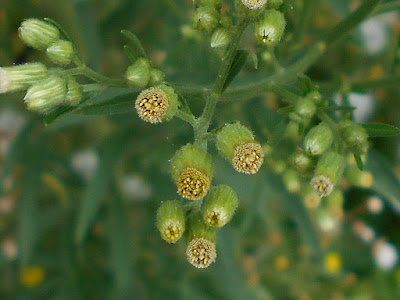After all, the hips on the wild roses...
 |
| Rose hips in Kentle Wood, Daventry. 31 August, 2017 |
The raven-black fruit on the Dogwood, Thelycrania sanguinea...
 |
| Dogwood with berries. Kentle Wood, Daventry. 31 August, 2017 |
and the glossy scarlet berries on the Bittersweet, Solanum dulcamara...
 |
Woody Nightshade (Bittersweet). Kentle Wood, Daventry.
31 August, 2017
|
were failing to tempt any visitors so there seemed little incentive to put finger to keyboard. Even the Speckled Wood butterfly, posing so nicely, turned out to have a damaged wing.
 |
This Speckled Wood was coping admirably with its disability.
Kentle Wood, Daventry. 31 August, 2017
|
As for the Greater Plantain, Plantago major, aka the Rat-tailed Plantain, regarded as 'one of the most abundant, widespread and valuable of all the temperate zone medicinal herbs' ('Wonderful Weeds', Madeline Hartley, 2016) it failed, for all its beauty, to fire me with any enthusiasm.
Anyway, blog or no blog, I was pleased to record Eristalinus sepulchralis, a distinctive fly with black speckled eyes.
Anyway, blog or no blog, I was pleased to record Eristalinus sepulchralis, a distinctive fly with black speckled eyes.
 |
Who could fail to be enchanted by the beauty of Greater Plantain?
Kentle Wood, Daventry. 31 August, 2017
|
So I returned home, there to be awestruck again by our entry in 'The World's Most Knobbly Potato' Competition, lifted from our allotment earlier today. I'm afraid this condition tends to be the consequence of uneven watering. Well, its has been an odd sort of summer.














































